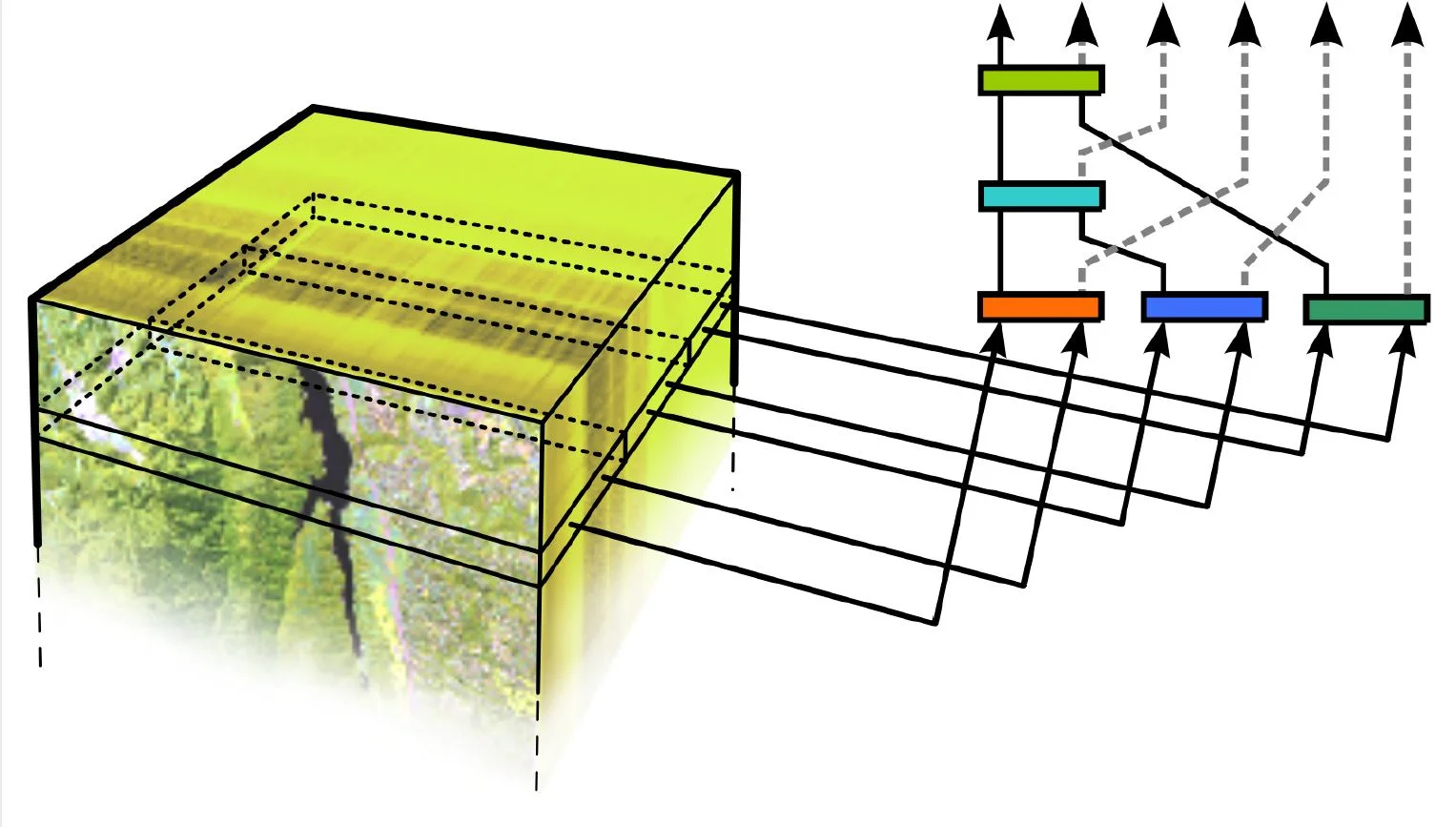Efficient transmission of multi- and hyperspectral images for EO missions


Advanced data compression algorithms for efficient transmission of satellite images to the ground

Quite a few NewSpace companies have not developed yet very advanced compression techniques: they either do not consider compression at all, or use the JPEG (1993) standard for lossy compression, or use the PNG format (1996) for lossless compression; there is large room for improvement.
At the IEEC, there is extensive experience in data compression techniques and standards, and a prolific collaboration with space agencies and world-renowned entities. For example, IEEC researchers have contributed to the definition and implementation of several standards promoted by the Consultative Committee for Space Data Systems (CCSDS) which brings together the main space agencies (ESA, NASA, CNES...). This area of technological research and the software products developed to operate on board satellites have a significant innovative impact as they are key to maximising the efficiency of nanosatellite-based Earth observation (EO) missions, and also of future outer space observation missions.
In recent years, IEEC researchers have collaborated with ESA and CNES on this topic through knowledge transfer contracts (see KTO section for more information). In addition, the implementation of compression algorithms within the C3SatP platform for nanosatellites has been carried out by the IEEC research groups of the ICCUB and CERES units, and will be tested in orbit as a key demonstration activity within the GENEO (Menut) mission. Utilisation of artificial intelligence and machine learning techniques is also considered.
